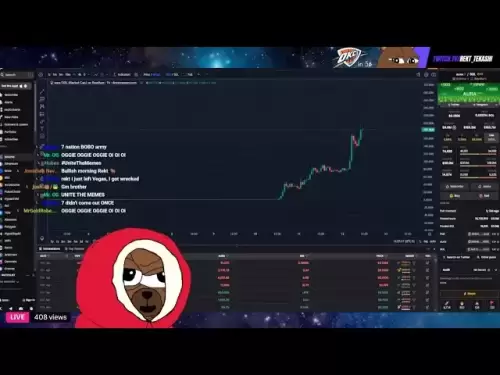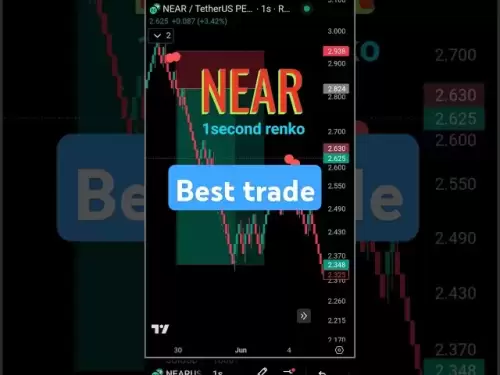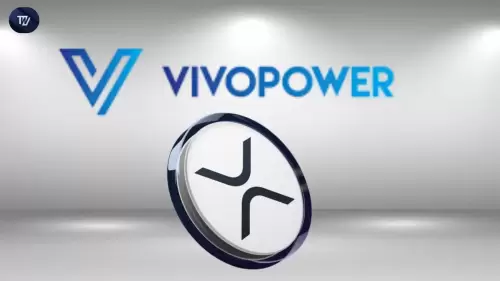The drop of the ASTR token to its all‑time low of $0.02 on April 7 prompted Astar Network to adjust its issuance model.

Astar Network has adjusted its token issuance model following the drop of the ASTR token to its all-time low of $0.02 on April 7, as the network attempts to stabilize its token after a turbulent period.
The network applied a reduction in base staking rewards, leading to a smaller share for the network in total emissions—now 10% compared to the previous 25%. This change aims to provide a more stable annual percentage rate as Astar approaches the target of having 50% of tokens staked, without driving excessive issuance.
Moreover, the network increased the percentage allocated to variable staking rewards in decentralized applications from 40% to 55%. With this change, the distribution of tokens linked to total value locked becomes more predictable. This adjustment allows participants to obtain consistent returns as the network records more activity in dApps, without affecting developers’ allocations.
Astar introduced a minimum annual issuance threshold of 2.5% to avoid a contraction of supply that could compromise network security. At the same time, it maintains the burning of a portion of transaction fees to offset issuance and reduce inflationary pressure.
With these measures, the annual inflation rate fell from 4.86% to 4.32%, token issuance per block was adjusted from 153.95 to 136.67 ASTR, and estimated annual issuance declined from 405 million to 360 million ASTR.
How Does Emission Work on Astar Network?
The dynamic tokenomics model that Astar introduced in 2023 ties ASTR issuance to actual staking participation and overall network activity. This approach ensures that token supply adapts to the level of user commitment. In this way, the network avoids oversupply and maintains incentives aligned with demand.
The proposal that originated these changes received community support through a governance process. The adjustments do not alter allocations directed to the treasury, collators, or developer reward programs. With this update, Astar seeks to reinforce the sustainability of its ecosystem and increase user confidence.
Disclaimer:info@kdj.com
The information provided is not trading advice. kdj.com does not assume any responsibility for any investments made based on the information provided in this article. Cryptocurrencies are highly volatile and it is highly recommended that you invest with caution after thorough research!
If you believe that the content used on this website infringes your copyright, please contact us immediately (info@kdj.com) and we will delete it promptly.













































































